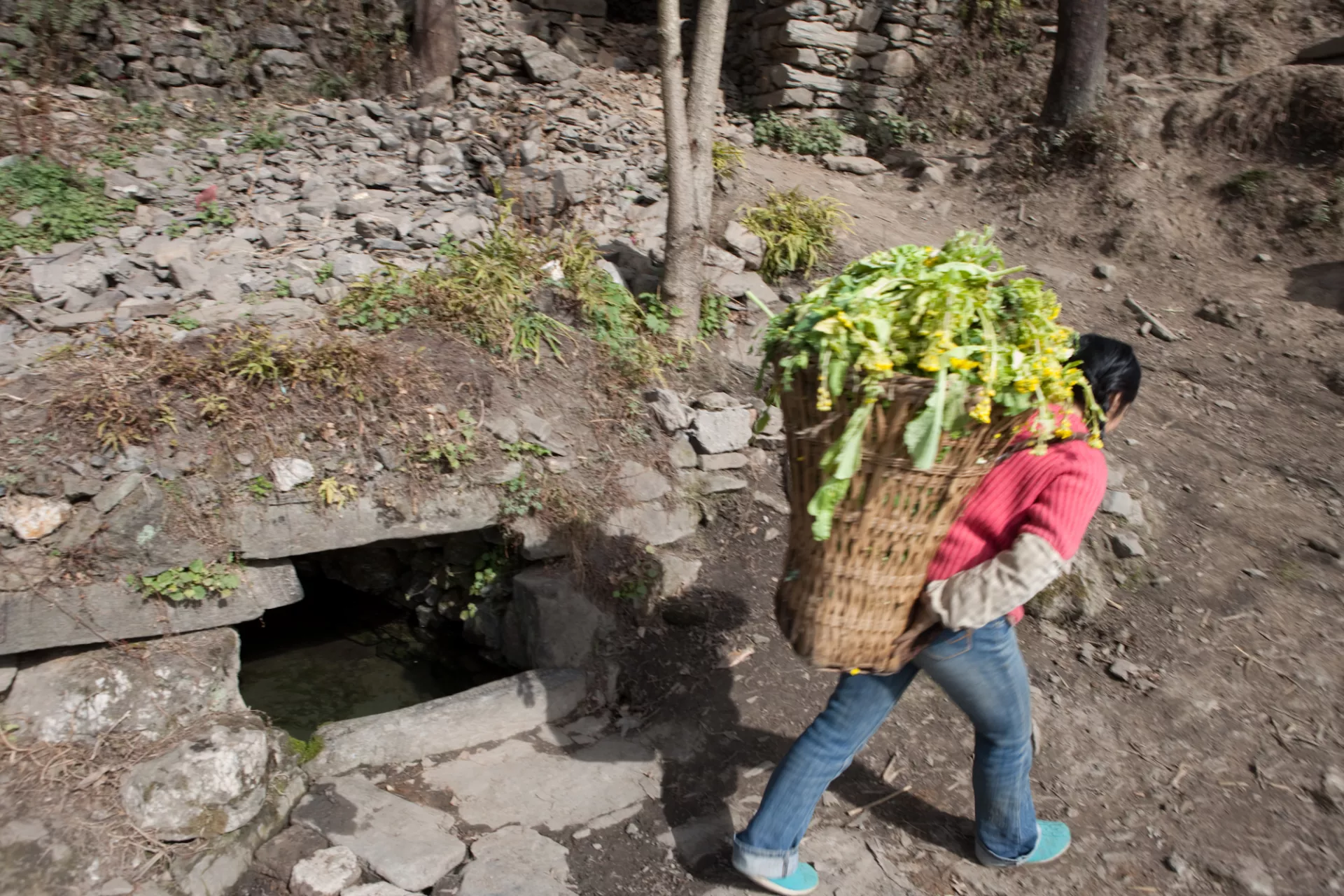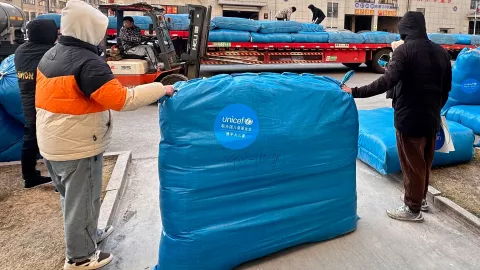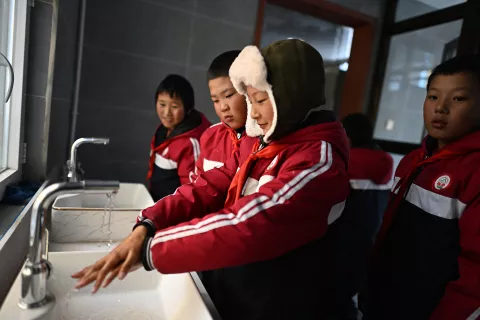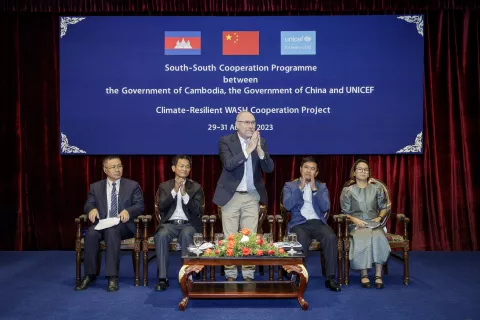Bringing Safe Water to the Thirsty
Bringing Safe Water to the Thirsty

- Available in:
- 中文
- English
Every Saturday morning after breakfast, 10-yearold Luo Yiyun would pick up a plastic bucket and fetch water from the dug well near her aunt's home.
"I had to squat beside the well. Normally, it would take half an hour to fill the bucket. But sometimes there would be very little water in the well and it would take longer. And you could see dirty dregs in the water." She frowned.
For months after the Wenchuan earthquake, this routine became part of Luo Yiyun's life. The earthquake destroyed the homes of Yiyun's family and their neighbours in Guihua Village, as well as the village's water pipeline network. The earthquake paralyzed water supply systems across Qingchuan County, one of the hardest-hit areas, affecting some 250,000 people.
In the weeks and months after the emergency, the local Bureau of Water Resources managed to restore water supply to the larger settlement camps. But in remote mountainous communities like Guihua Village, people had to resort to collecting water from open streams and other unprotected water sources.
"There was more water in the well at night so my parents would stay up until midnight to get water," recalled Yiyun. "I used a basin of water to wash my face and then my feet. I could only take a bath once a week."
These days, Yiyun no longer has to fetch water from a well on the weekends. In October 2008, a UNICEF-provided water treatment unit and a new water distribution network were set up in Guihua Village. Now, getting clean water is as easy as turning on the faucet in the courtyard.
Restoring a lifeline
"Immediately after the earthquake, UNICEF provided us with water purification tablets and water treatment equipment for our emergency water supply. And since last October, UNICEF has been helping us to rehabilitate permanent water supply systems in ten villages," said Ms. Jiang Xingbi, a programme officer and engineer with the Qingchuan County Bureau of Water Resources.
"As of March 2009, four villages with a total of 3,063 people, including 795 students and teachers, have access to safe piped water. This year we will start rebuilding permanent water supply systems in the other six villages," she continued.
UNICEF is providing children like Yiyun with clean water, both at home and at school. According to Mr. He Guoquan, Principal of Le'an Primary School, "Almost all of our students board in school as their homes are very far away. Without water, it is impossible for us to address the needs of 260 students and 24 teachers who need to drink, eat, and bathe at school."
After the earthquake destroyed their school building, Yiyun and her classmates had to resume classes in prefabricated classrooms in an open farm field. UNICEF supported the local Bureau of Water Resources in rebuilding the damaged water supply system so that students would have access to clean water in the new school year.
UNICEF helped to lay pipelines to send mountain spring water to the school and households, after first going through a sedimentation and disinfection process.
Reaching the neediest
"With the help of UNICEF, we are able to reach out to hard-to-access villages and schools not covered by the reconstruction projects targeting centralized water supply systems," said Ms. Jiang. "Also, we are replacing the old rusted metal pipes with new polyethylene pipes, making the water safer than before the earthquake."
UNICEF's assistance in the reconstruction phase is focusing on schools and villages in remote rural areas in nine counties: Sichuan's Beichuan, Dujiangyan, Mianzhu, Pengzhou, and Qingchuan Counties; Gansu's Wenxian and Xihe Counties; and Shaanxi's Lueyang and Nanzheng Counties.




